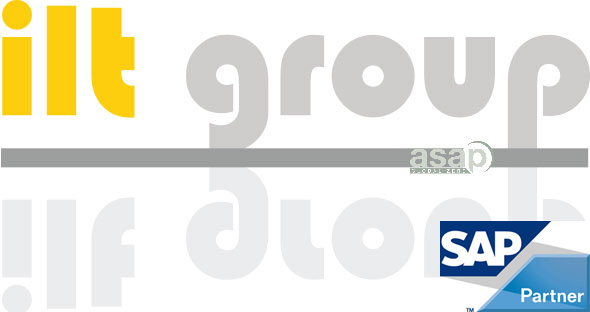Posted by manusim ● 09-May-2018 16:27:51
Optimise multilingual inbound marketing to create an authentic and immersive experience for everybody on HubSpot
 First, determine the content you intend to release in international markets. Then carefully consider how you would like it to be adjusted or reworked. Lastly, implement your strategy by leveraging our expertise and advanced inbound marketing platform. It's as straightforward as that.
First, determine the content you intend to release in international markets. Then carefully consider how you would like it to be adjusted or reworked. Lastly, implement your strategy by leveraging our expertise and advanced inbound marketing platform. It's as straightforward as that.
Inbound marketing platforms unobtrusively deliver your content to customers. By publishing engaging content, readers may find it valuable and subscribe to your posts, allowing you to keep them informed about new developments or product offers. You know who is interested in what: it's a win-win solution, putting your business in touch with a broader audience and giving that audience improved exposure to your brand.
Inbound marketing platforms are increasingly popular amongst SMEs and facilitate meaningful digital conversations with users worldwide.
Today, engaging with users through meaningful conversations is vital. Even small companies can have a global reach, with the worldwide number of Internet users surpassing the 4 billion mark.
Aside from needing to use the technical platform effectively, you need another essential tool to sustain a conversation with your audience: language. Language is a tool to scope your audience, define your geographical reach, fine-tune your content to resonate with the local culture, and ultimately translate into a willingness of the audience to follow your services or products and possibly purchase them.
A straightforward translation approach isn't enough for smaller marketing teams who may lack the resources of multinational companies. A comprehensive "localisation and transcreation strategy" should be incorporated into your content strategy, supported by the right professionals to execute it. These include translators, copy-editors, native language copywriters, and local SEO experts who will research your copy's most effective keywords in collaboration with copy editors.
Efficient project management and the ability to coordinate content production alongside multilingual campaign launches are also essential.
Should I translate, adapt or write directly in a different language?
Deciding which content should be translated or created directly in another language depends on your commercial strategy and warrants further analysis. Consider the following:
Web Site - Your website is your digital storefront. Ensure it's available in your target audience's language and incorporate graphic elements like colour schemes and image/text density that reflect the local market.
Online Shop -Product and service descriptions must be accessible in the audience's language and adapted to cater to local tastes. For complex products, consider translating user instructions (required by law in certain countries and for specific products). Pictures Alt descriptions can also be localised to improve search results.
Landing Page - Landing pages prompt readers to take specific actions according to your marketing strategy. There is no point in translating a landing page for a product or service not offered in that other market or on totally different commercial terms. They should not be translated, but recreated for each local market, unless you plan identical and uniform promotion for the same products in various markets.
Keywords - Your Keywords are like the old placards and banners or the yellow page categories used in the "real" world. Choose keywords that align with local usage and customs to improve visibility. If you're not visible, you don't exist.
Calls to Action - Create these in your audience's language, as only about 20% of the global population speaks English. Ideally, have a local marketer create them.
Giveaways - These should generally be in the reader's language, along with informative infographics.
Blog Posts - Blogs can include posts in different languages, but not all posts are relevant in every language. Write blog posts in multiple languages but avoid translating or adapting them unless it makes sense. It is no use speaking about the plight of foxes in a country where they are extinct.
Social Posts - Social media presence must be carefully curated. Posts should be written for specific locales under centralised direction/monitoring, allowing for local nuances and interaction patterns (i.e. different frequency, different medium).
ILT uses the Hubspot inbound marketing platform to help small companies and local bodies deliver targeted communication in their chosen markets. From software implementation to multilingual content development, we can assist you with a solution appropriate to your budget.
HubSpot has widened its native support for multilingual content. Websites, Landing pages and Blog posts can now be versioned in multiple languages. To read more, please follow this link to HubSpot's knowledge base.
For specific requirements, we can also offer connectors between Hubspot and our Translation Management System to improve the overall process productivity, automating basic project management tasks and avoiding duplicate translations.
To help you further, ILT can manage the entire content localisation process, allowing your people to focus on valuable commercial strategies.
Contact us for an initial consultation!
Topics: Marketing, Technology, Multilingual Strategy, How To, Localization

